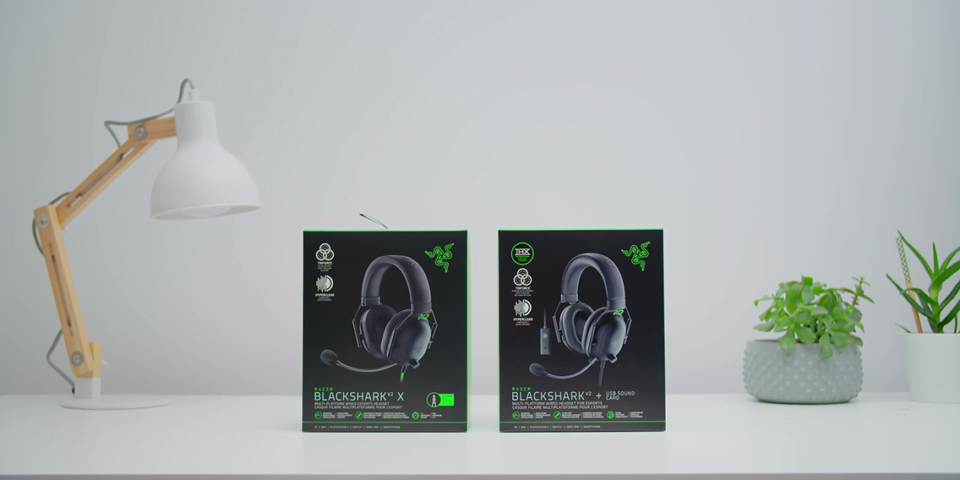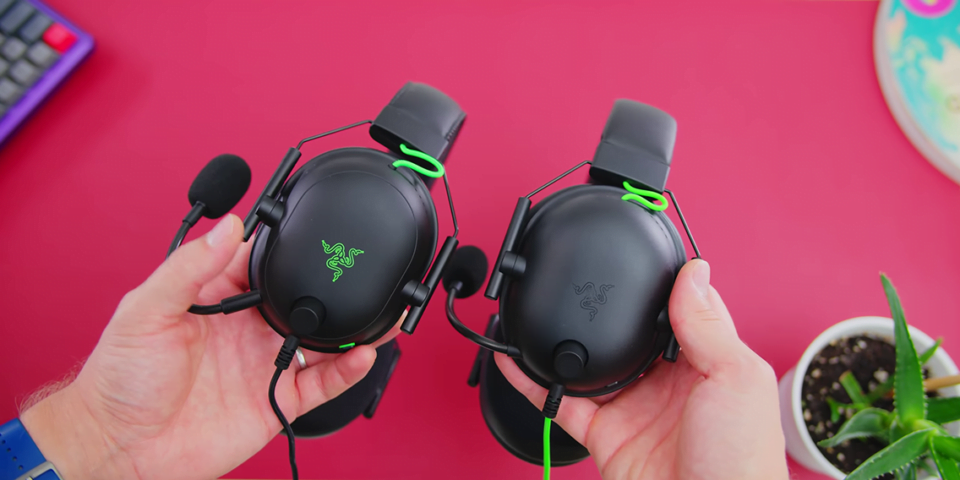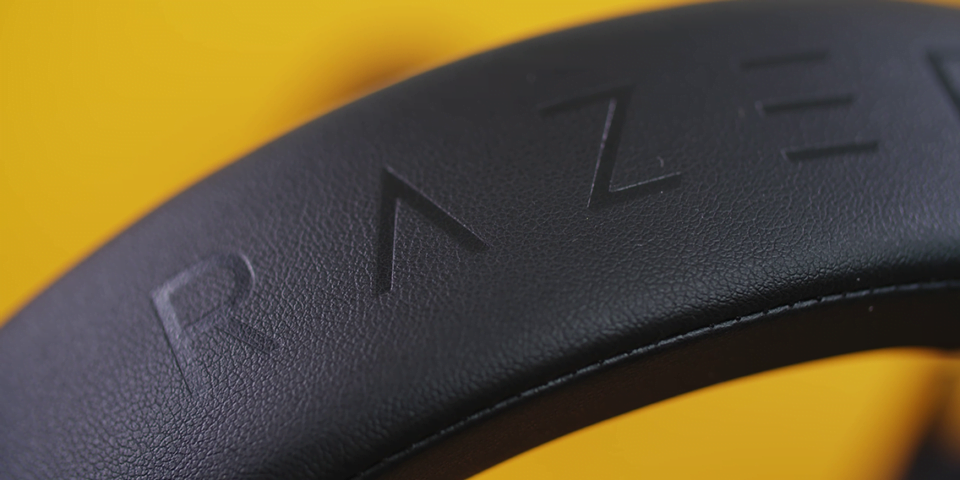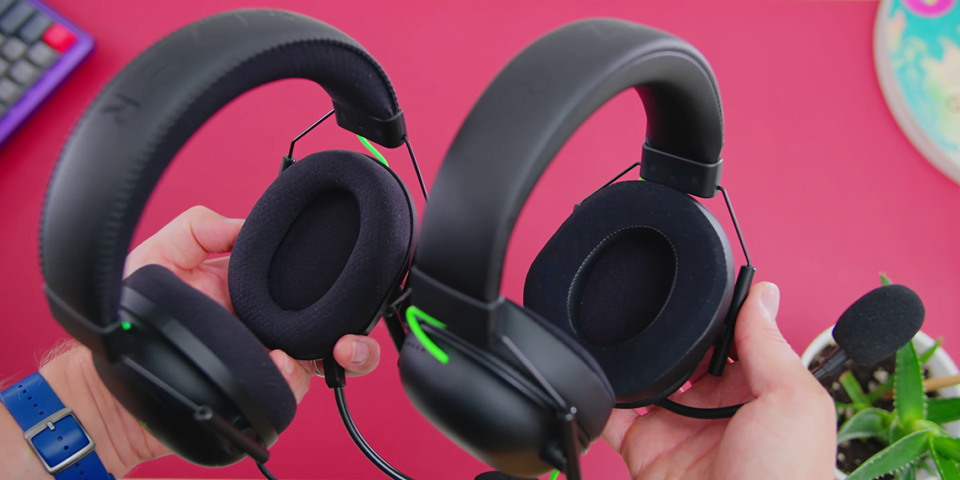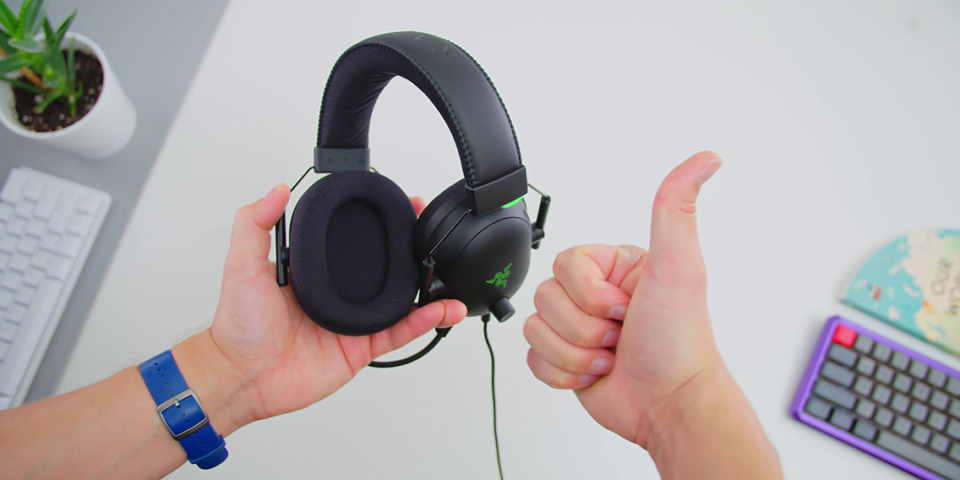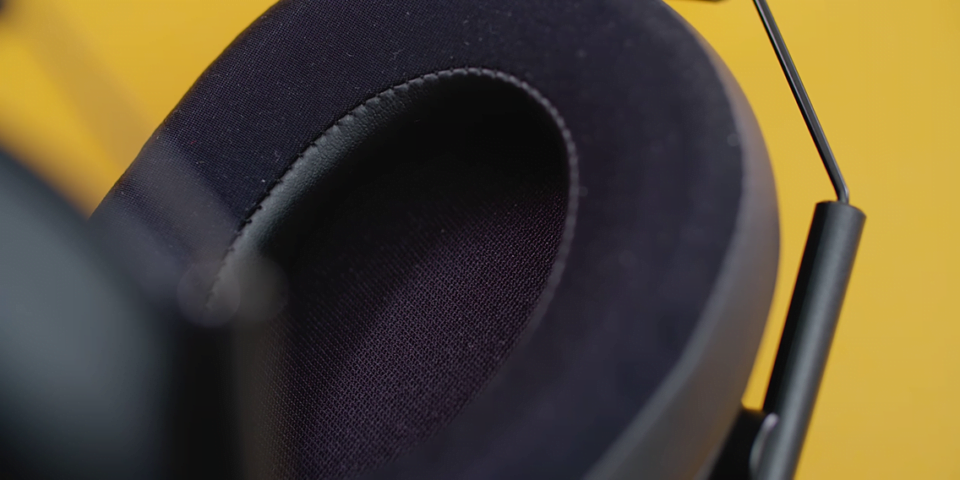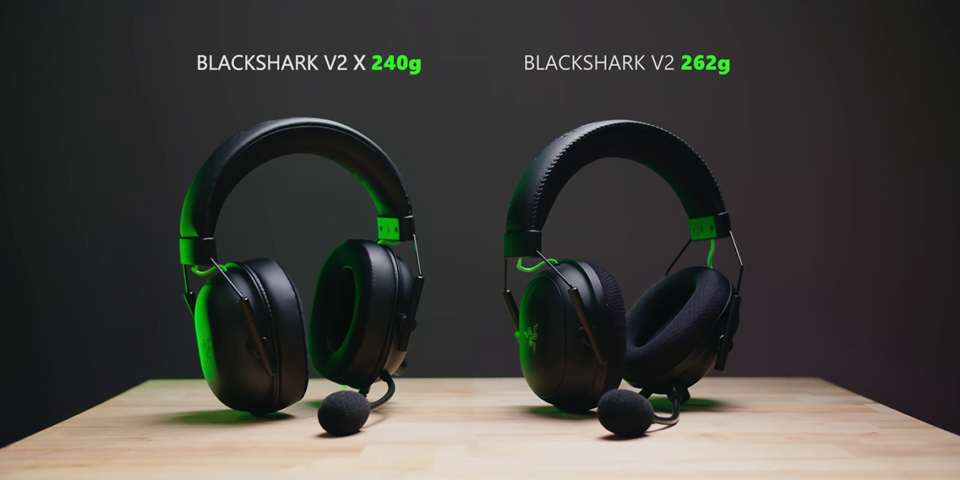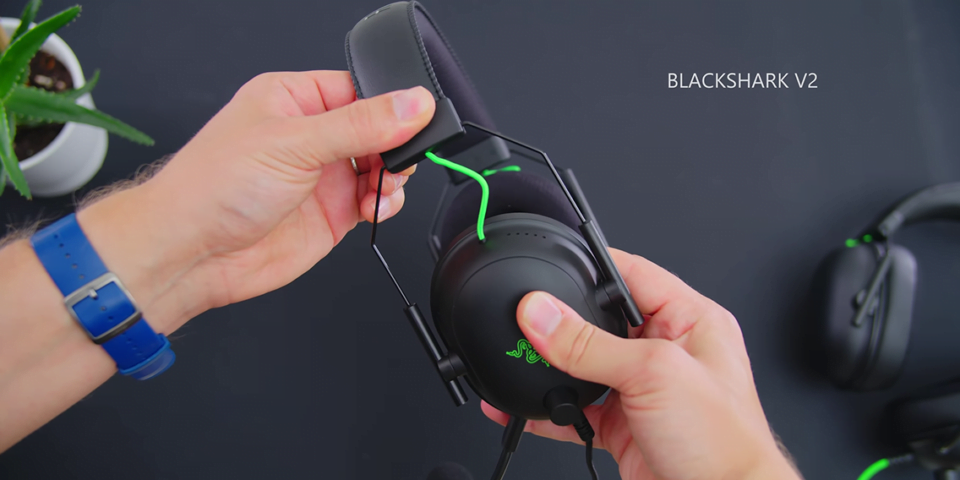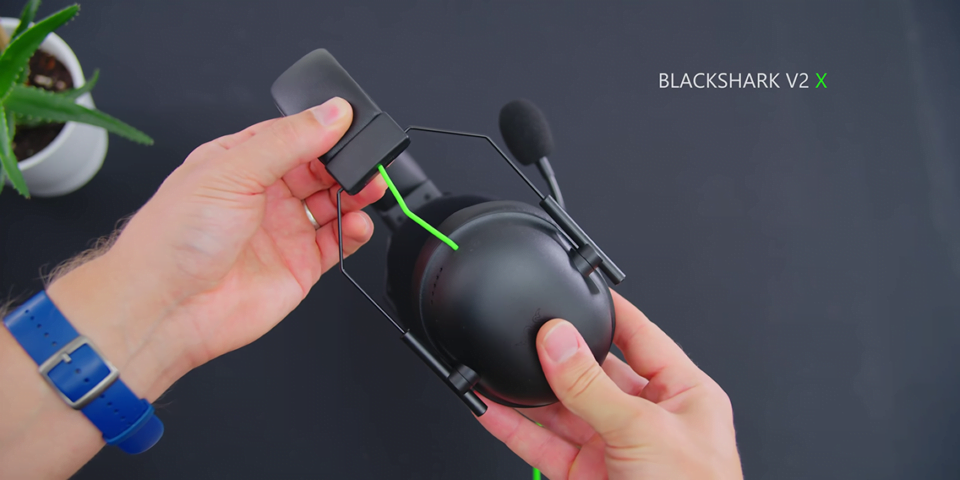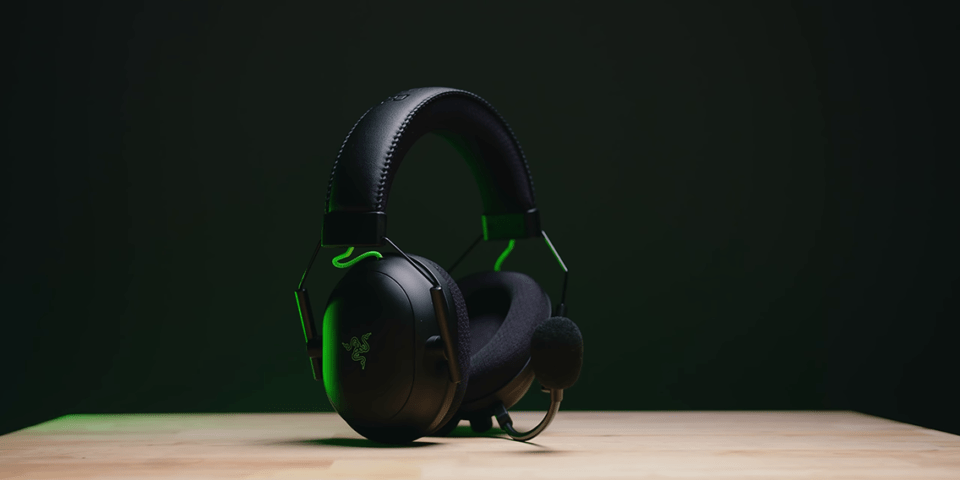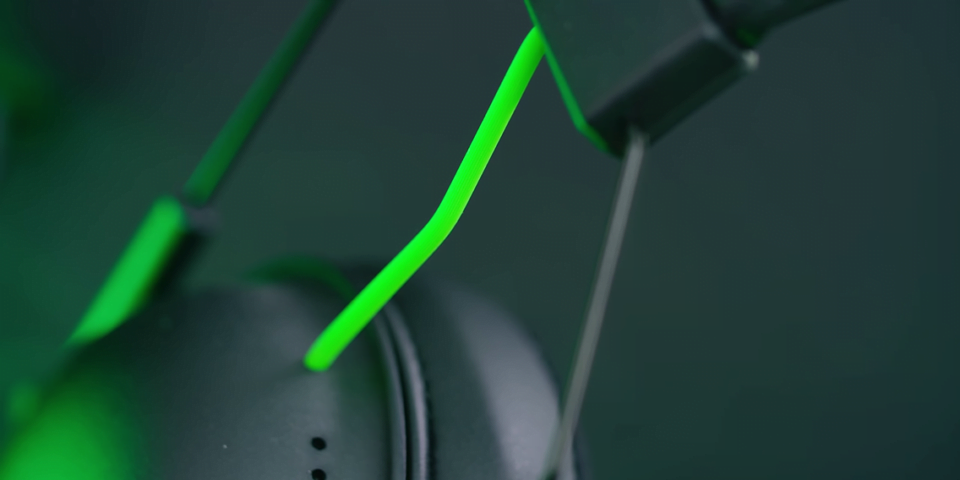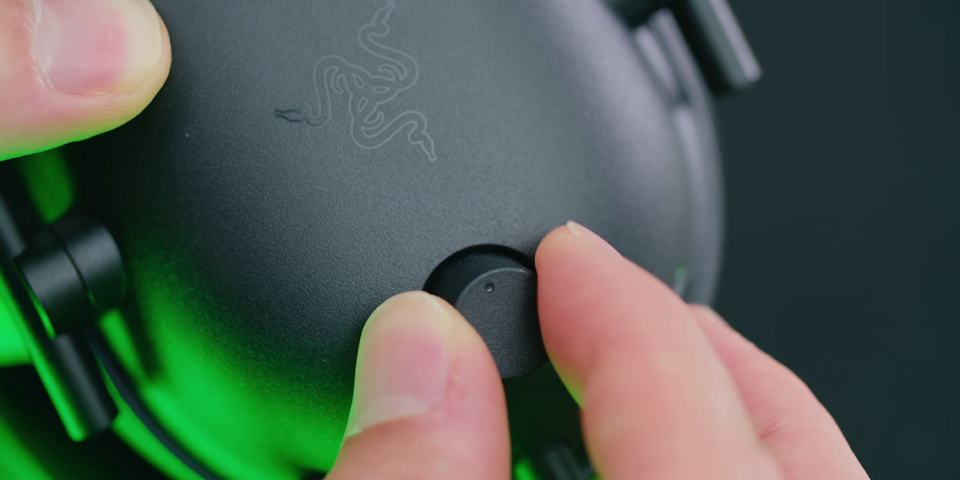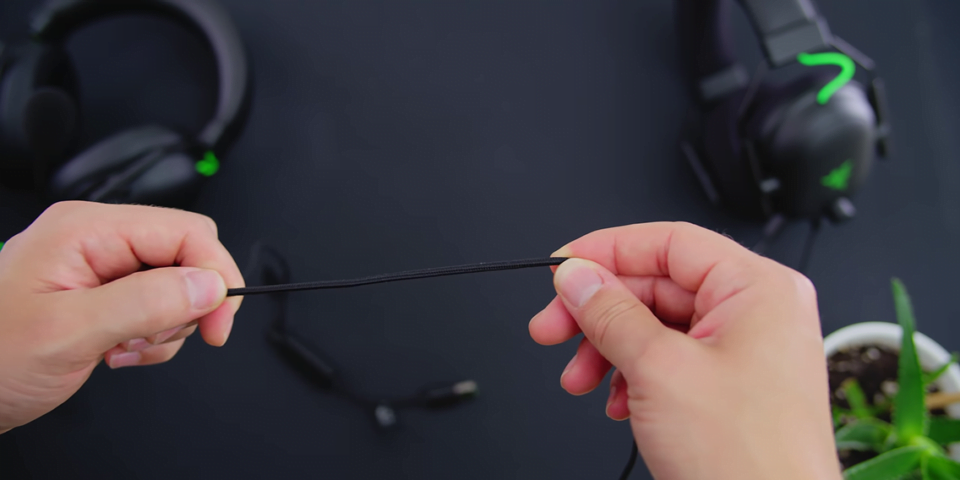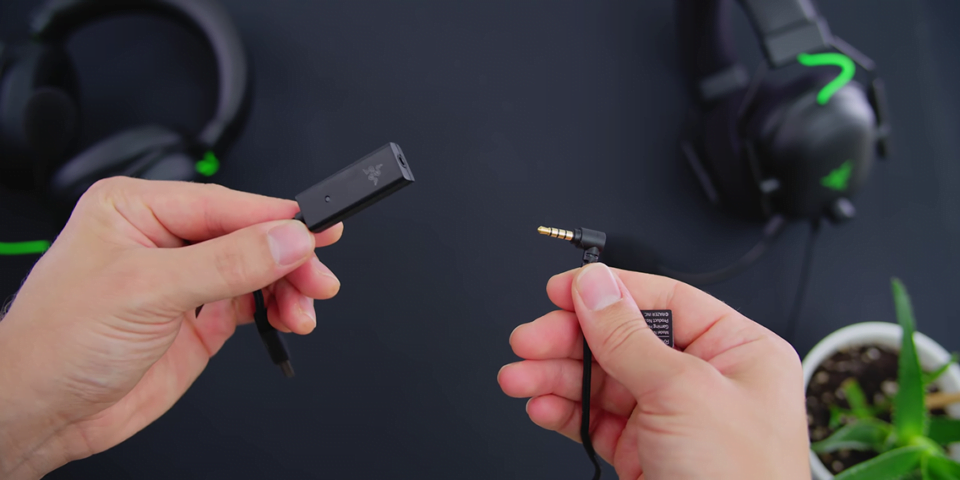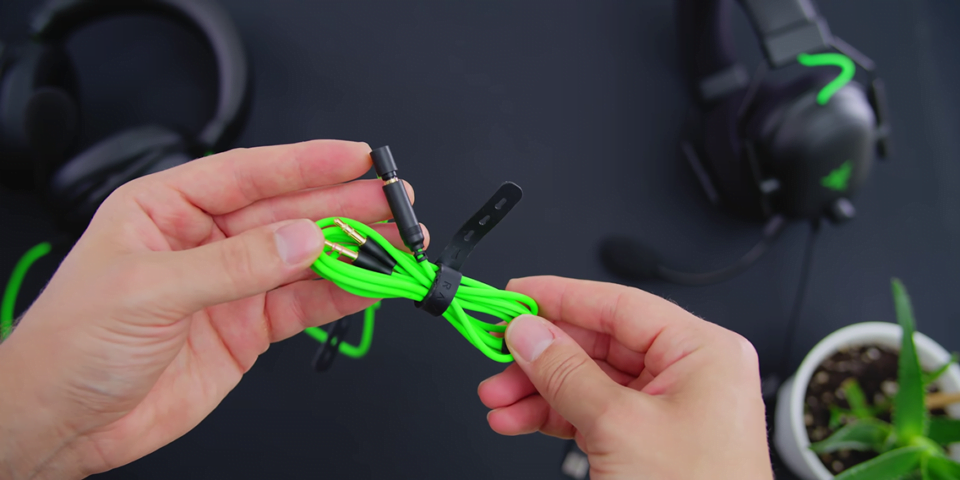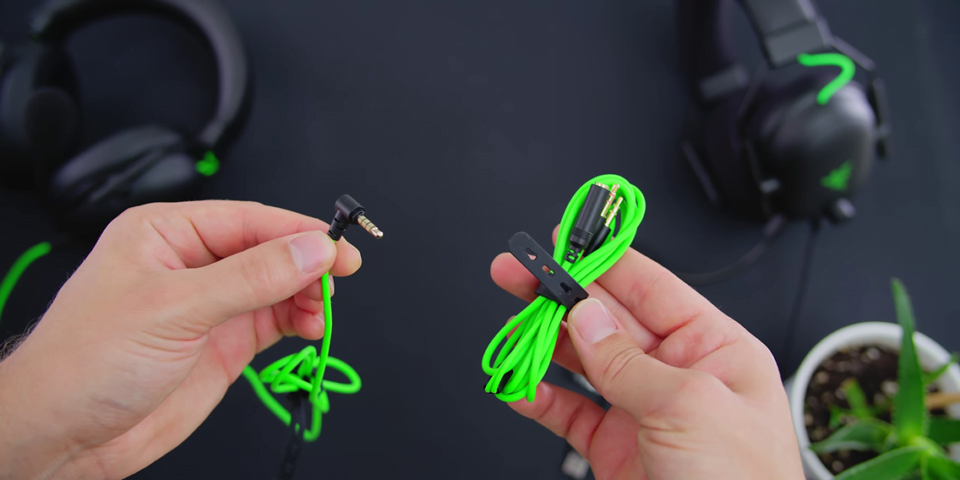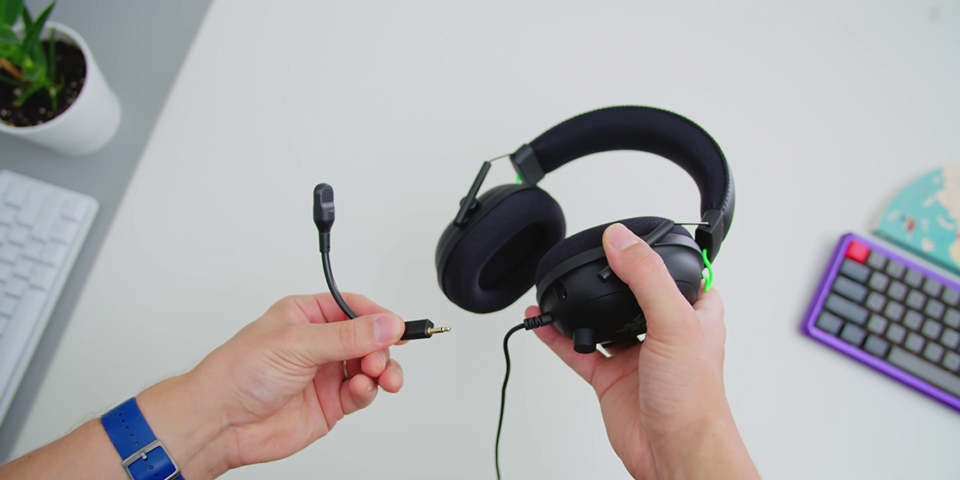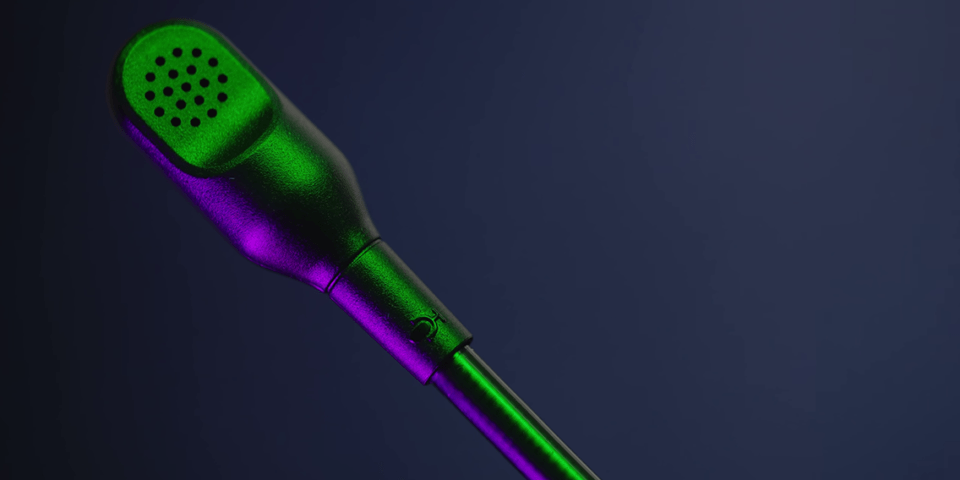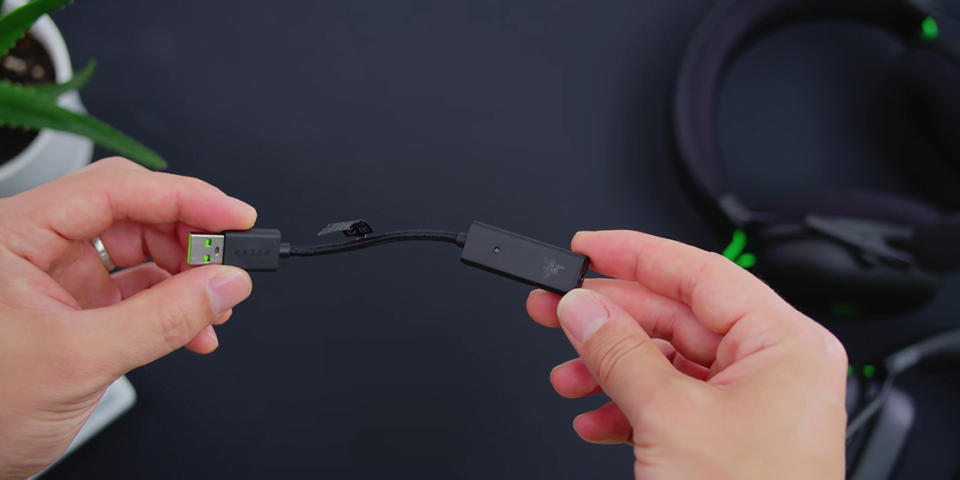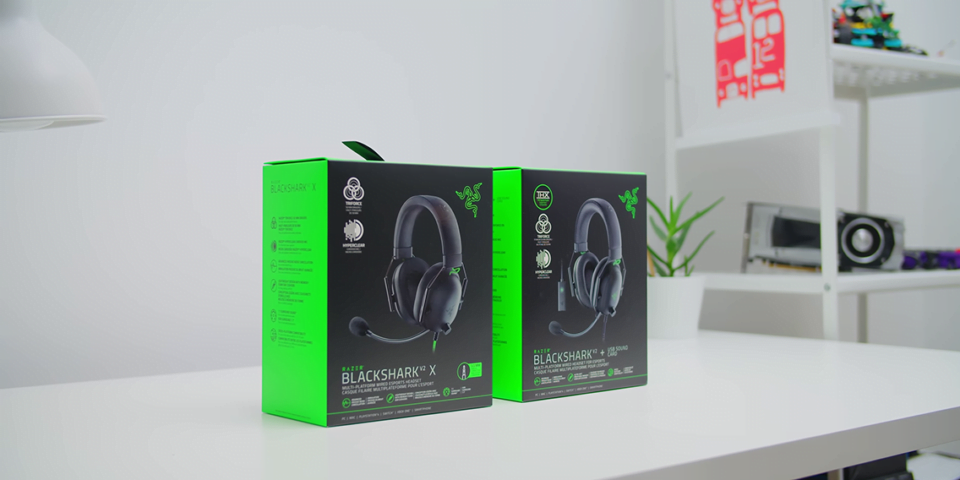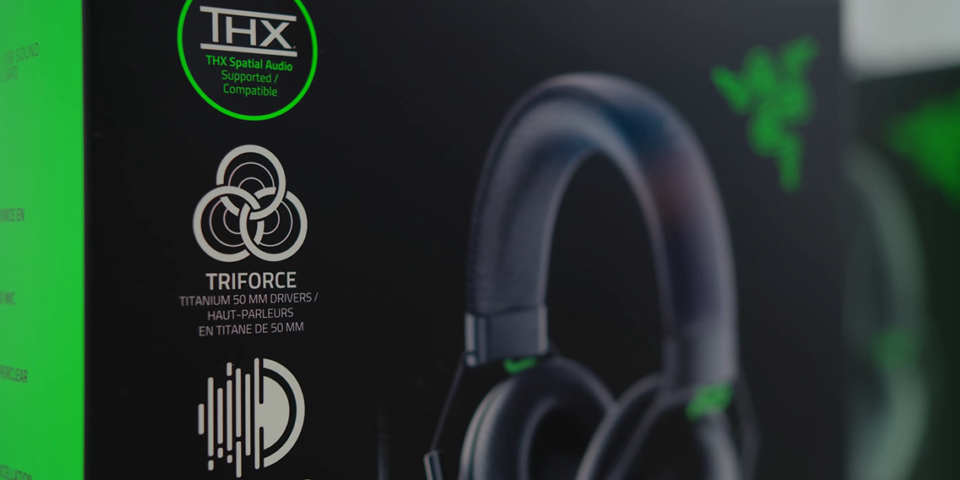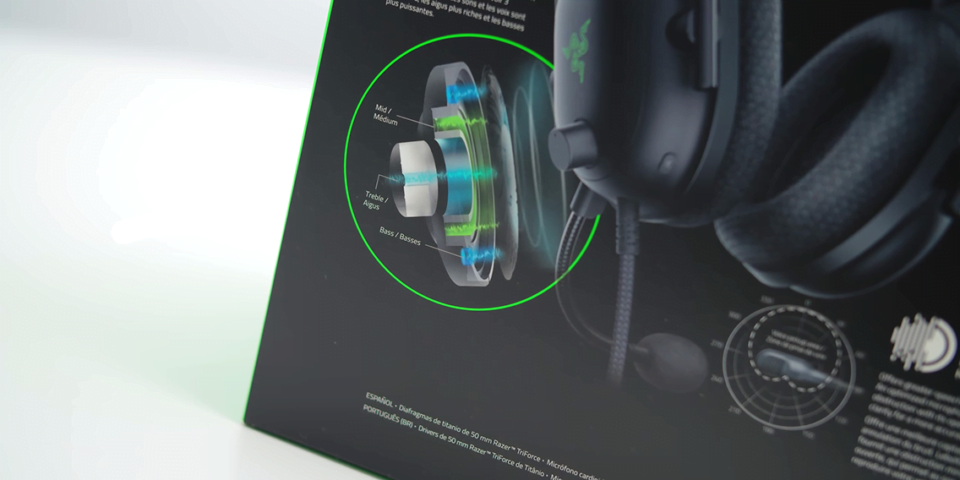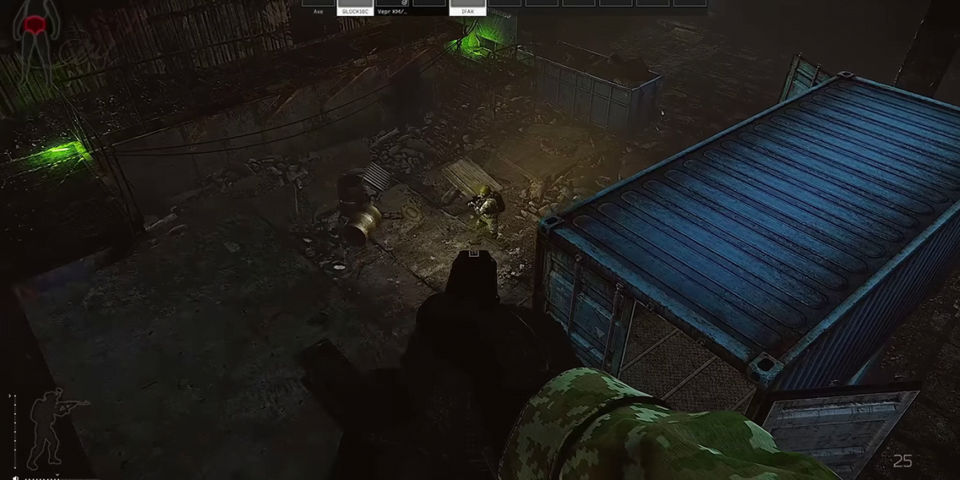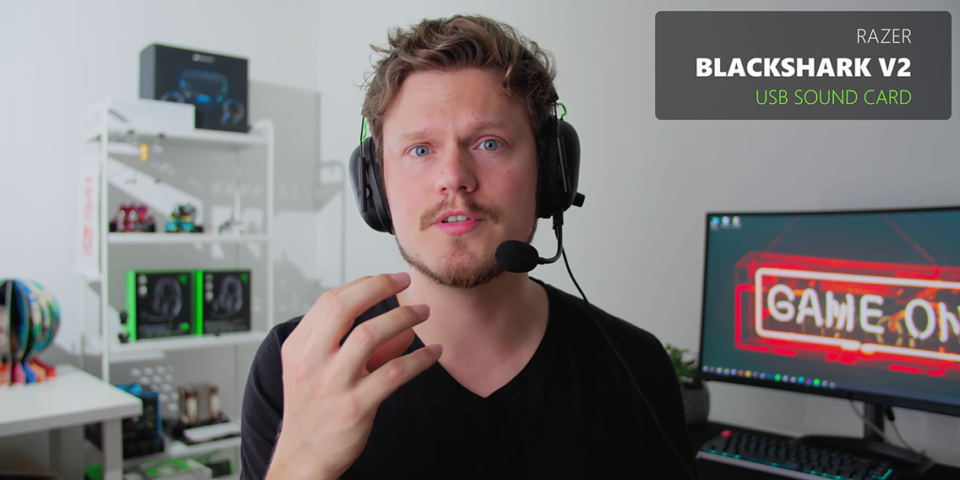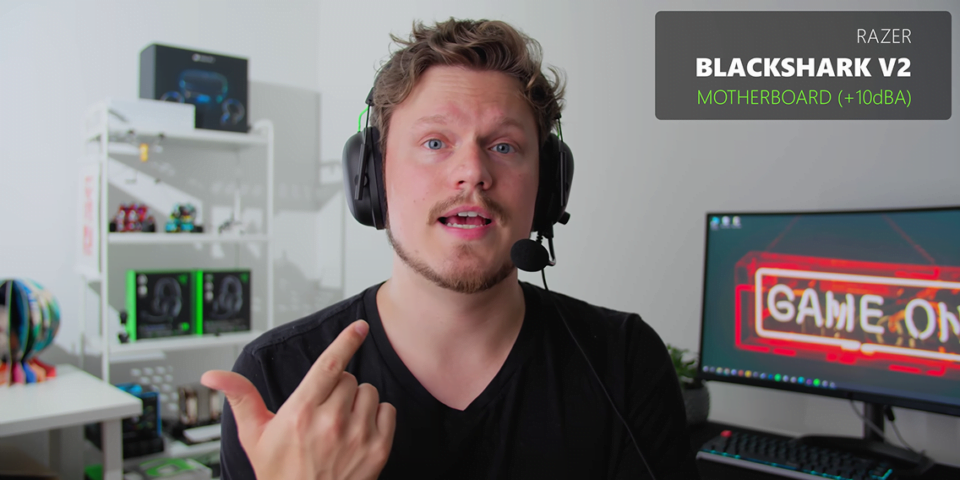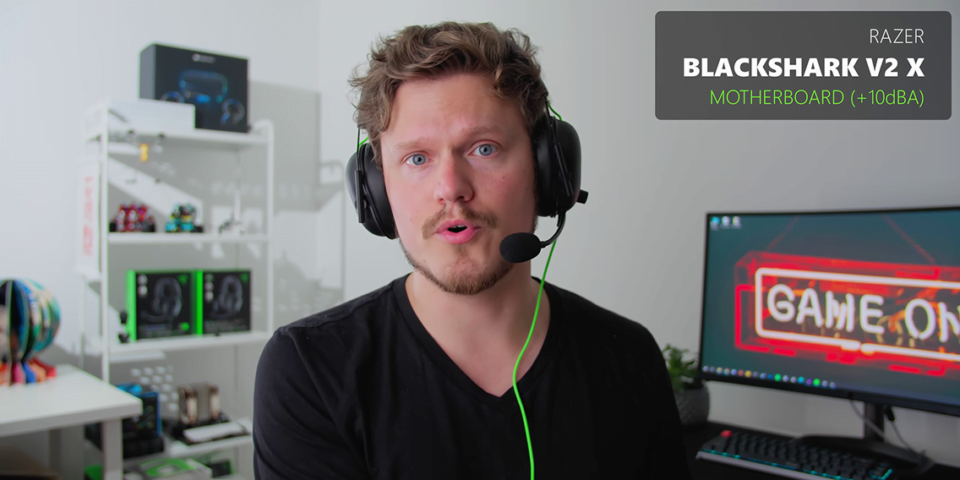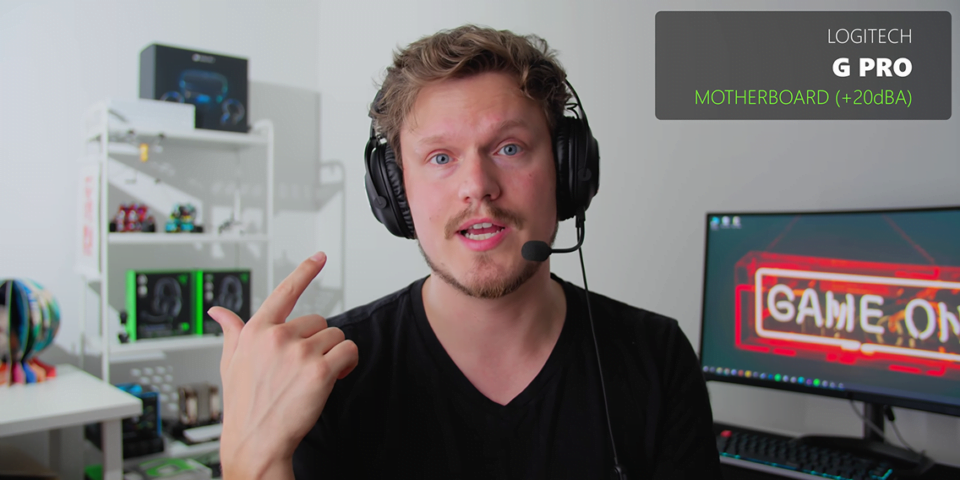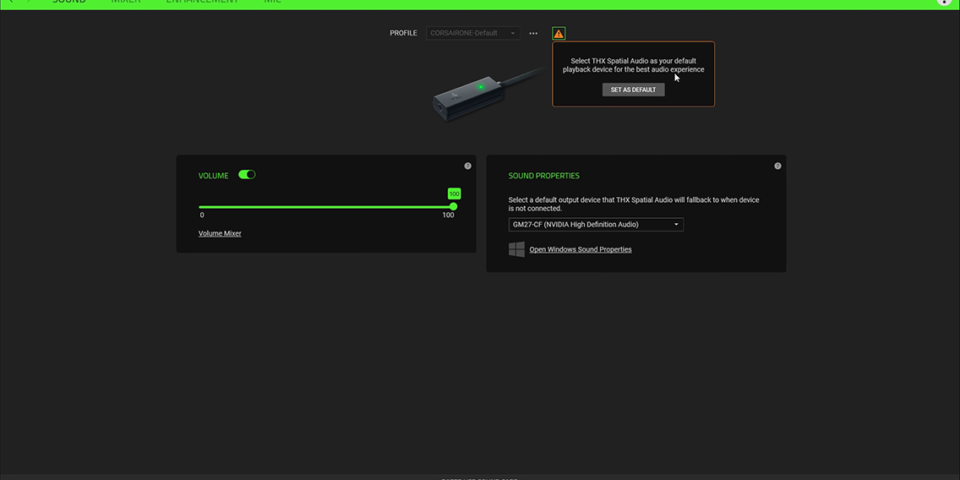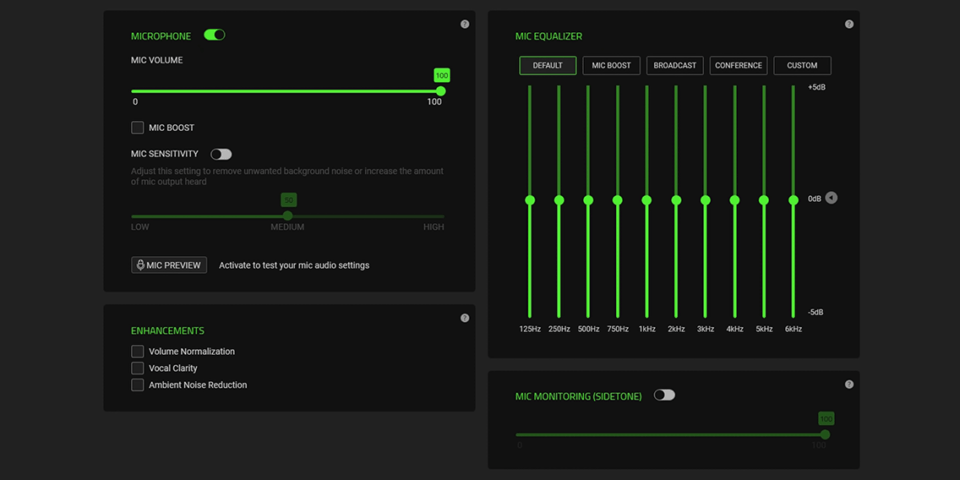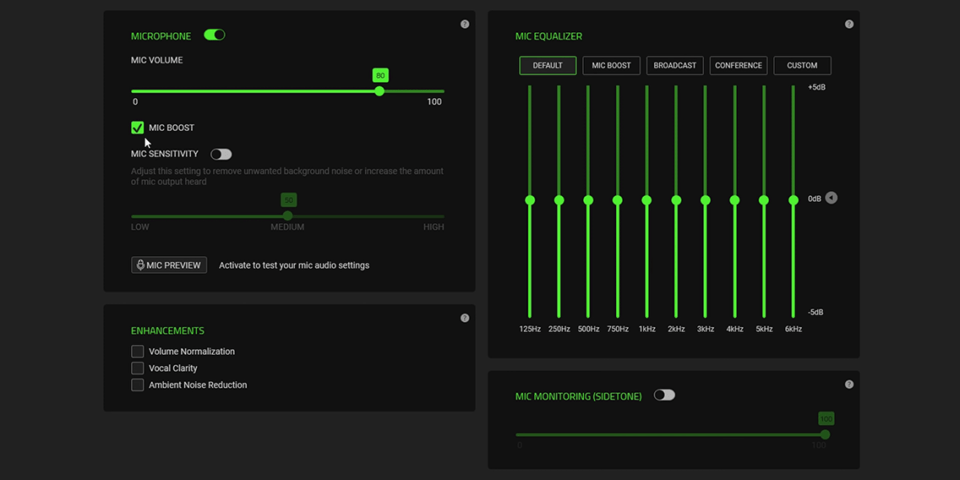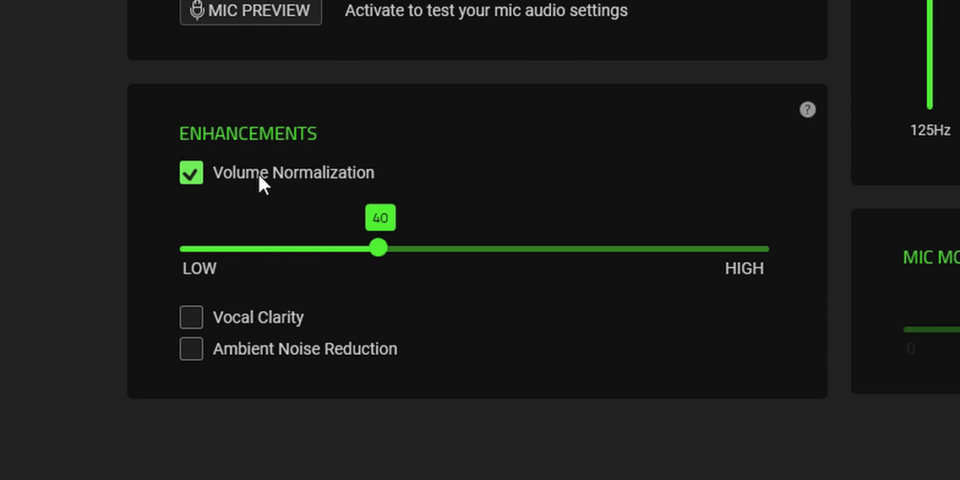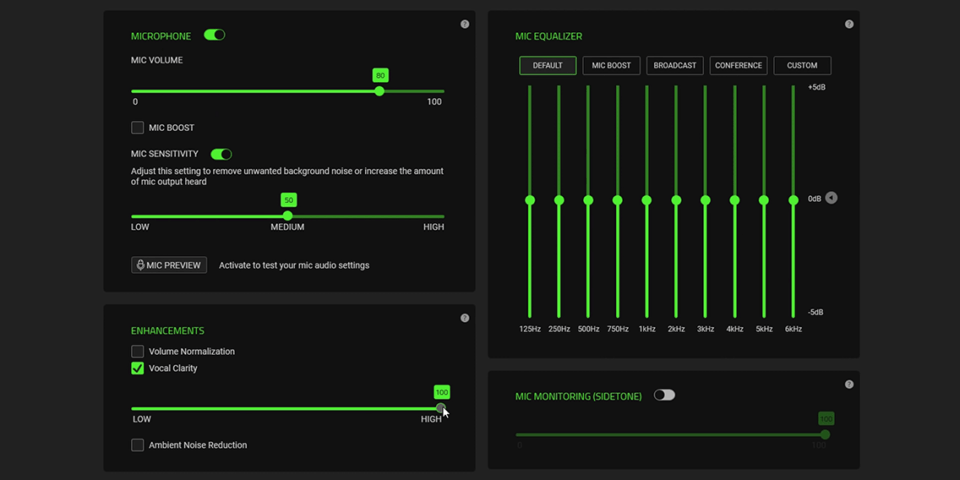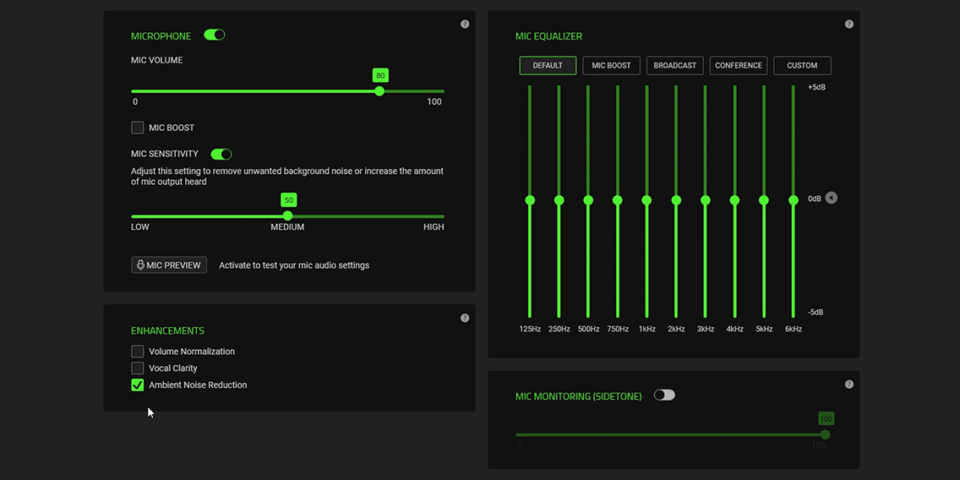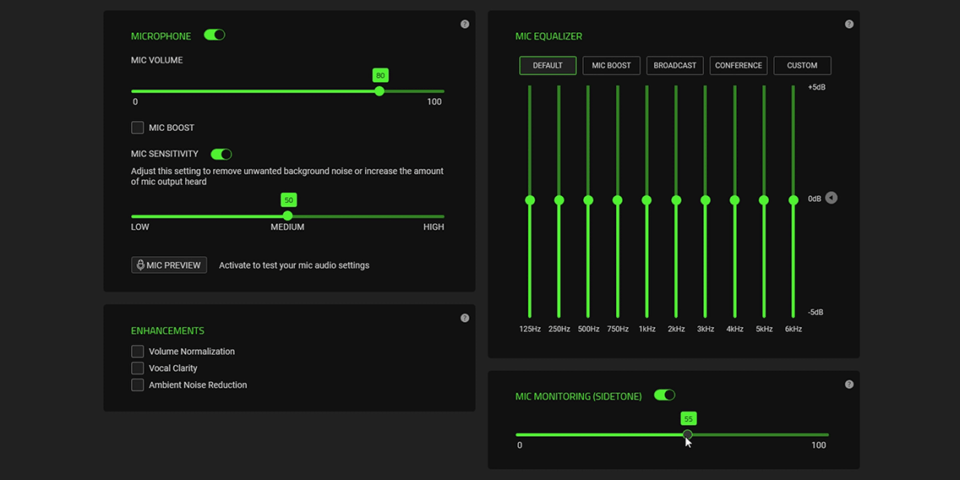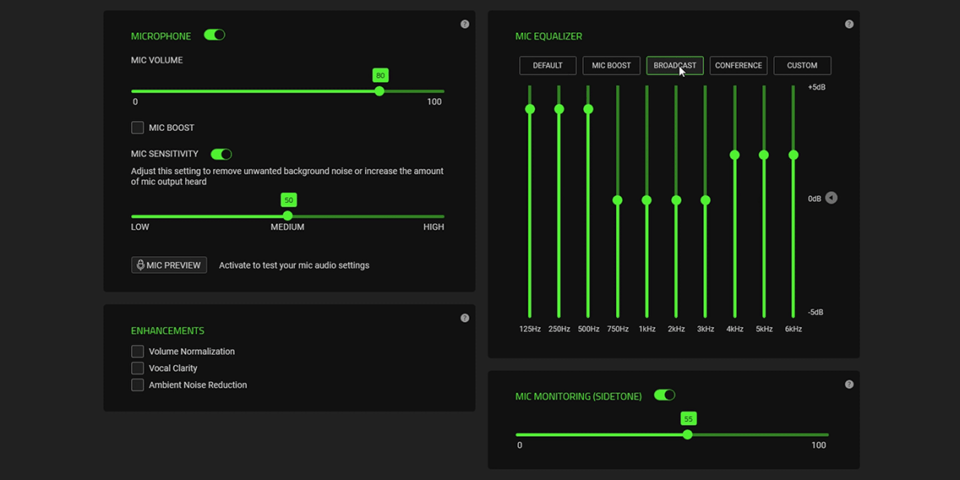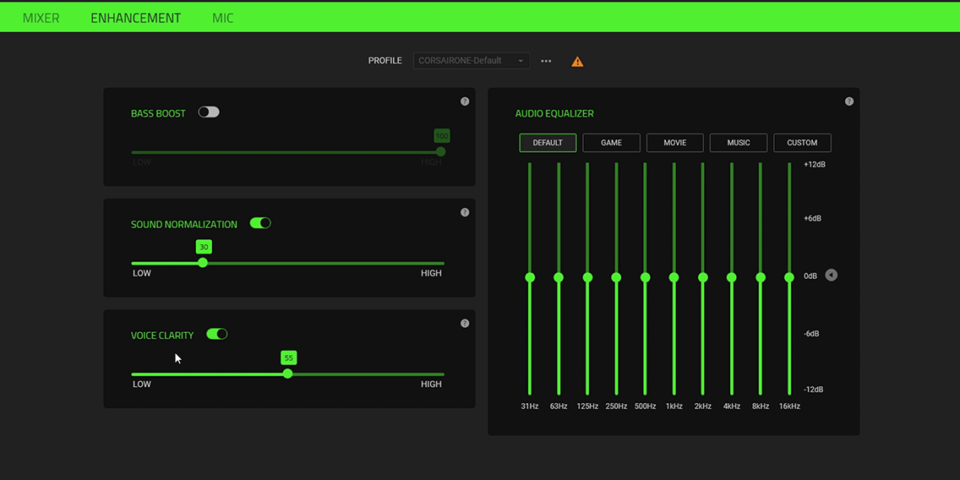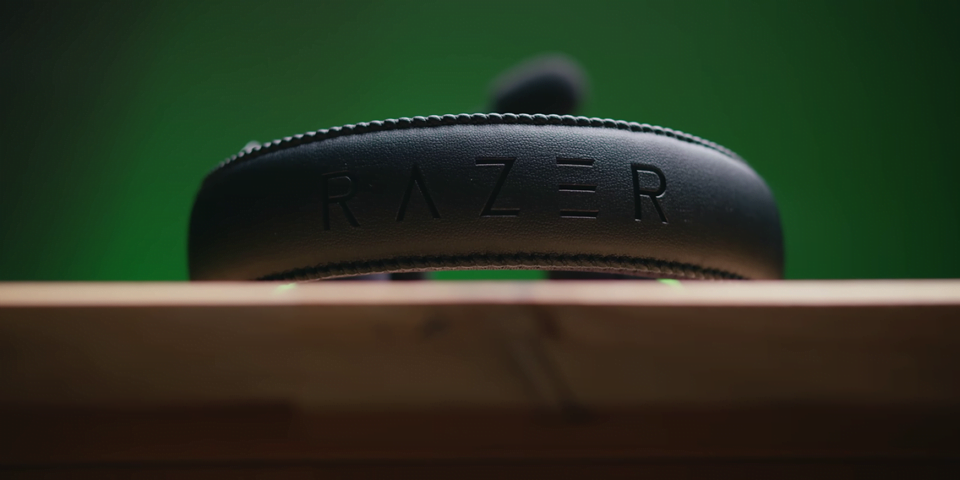Razer NAILED IT – BlackShark V2 & V2 X Gaming Headset Review

Share:
I have a bold claim to make, I have never liked a Razer gaming audio product until now. On the review table today we have two new gaming headsets, the Razer BlackShark V2 and BlackShark V2 X, which is the cheaper alternative coming in at $59 USD compared to $99 USD for the higher-end version. This is a fantastic segment for Razer to enter, especially because they have done their homework in terms of community feedback, in terms of trying to basically see what people need and want in a proper eSports gaming headset.
Price & Models
The really interesting part about the BlackShark V2 is that the $99 price segment is fairly saturated with the HyperX Cloud 2, the Sennheiser GSP 300 (which is one of my favorites), the G Pro from Logitech, the SteelSeries Arctis 5, but I still feel like the BlackShark V2 is bringing some serious heat into that $99 price category. Having said that, I am actually a lot more excited about the V2 X, because at only only $59 I think this is going to be the most popular sub-$60 headset on the market. The $10 cheaper Razer Kraken X is absolutely not worth it by comparison. In this review we are going to talk about the build quality, comfort, sound quality, microphone quality, and the built-in features inside the USB sound card.
Design & Build Quality
First, let’s cover the design, and the V2 obviously follows in the footsteps of the original BlackShark with a design that closely resembles that of a real helicopter/small plane headset. However, as you can see, they look pretty fantastic on the head thanks to a low-profile design that isn’t too wide and isn’t sticking out anywhere.
There are a few physical differences between the two headsets, and I actually preferred the look of the cheaper V2 X because the Razer logo is no longer green it’s black, so we have this whole matte black design. Also, the V2 X has a slightly more coarse texture on the ear cups, therefore hiding any finger oils. The V2 is also matte black and the Razer green logo does look cool, but it does show finger marks easier. They both have Razer text on top of the headband, but the fancy model has additional stitching on the sides. They both have memory foam padding, but the V2 has different fabric, which is supposed to breathe more. It’s supposed to be this ultra-soft fabric, but it reminds me a little bit of the lining of a bathing suit, which is not exactly super smooth to the touch.
Honestly, I prefer the leather material on the cheaper model, but because the V2 X’s ear cushions are slightly different they do accumulate heat more. The really interesting thing about this material is that it is breathable, yet it also has pretty decent passive noise isolation. It does block out all the background noise, just as good as it does on the leather material. The one advantage of the V2 – aside from having more breathing room – is that the lining on the inside is much thicker, so if your ears do make contact with that internal wall it will be a lot more comfortable than the V2 X’s very thin almost nonexistent lining. With the V2 X you really can feel the plastic behind the lining.
Now when it comes to build quality, my first impressions were mixed. First of all, the headset is extremely lightweight, which is a massive benefit for comfort. I can wear this thing for 6 hours without introducing any pressure points anywhere. The headset kind of disappears on your head, which is fantastic. The V2 X is actually even lighter, so they disappear even more. When it comes to feeling the build quality that is when it becomes a little bit disappointing. Not that it’s creaking anywhere, but the ear cups are hollow on both models. I also don’t particularly like the size extension mechanism. Normally it extends from the headband, but here they just kind of ride on these small metal rails. On my V2 model, the rail system is actually a bit stiff, so you can’t really have smooth adjustment. Whereas on the V2 X, they just feel so much better with smooth glide on both sides. Lastly, the ear cups on my V2 model feels a lot looser than what I have with the V2 X. The overall build quality and feel of this V2 X whole frame feels much more premium than the V2. I guess that’s a good thing for the cheaper model, but it does show you that there is a variation in build quality from one headset to the other.
The exposed green cable on each side adds that additional Razer character, but I am worried that this might become the point of failure because when you extend the headset to its maximum it almost stretches the cable with it. I guess the build quality comes with the territory because this is the lightest gaming headset in the $99 space. This is especially true when you compare it to the G Pro, the GSP 300, the Arctis 5, and the HyperX Cloud 2. Honestly though, when it’s on your head it is extremely comfortable, so you might overlook the build quality downfalls. However, I would be extra cautious when handling this thing over time. By comparison, my G Pro and my GSP 300 have been through a lot and they still feel like they could take a hit.
Buttons, Dials, Switches, and Cables
Both of the headsets have a volume dial on the right side that is smooth, and there is a midpoint that has a bit of tactility so you kind of know when you are at 50%, which is great. Both headsets have a mic mute switch at the back. The cable is non-removable on either version, but they are different.
On the V2 we have a Speedflex cable, the same found on their mice, and it is a fantastic light cable that mutes out almost any cable noise. You can still hear it, but it is almost not noticeable. The cable on the V2 X is a standard rubber cable, I really like the green since I think it ties in with design nicely, but it also has slightly louder cable noise when it’s brushing against a shirt for example. The V2 X also comes with a green extension cable for the headphone and microphone splitter, while the V2 does not. Finally, the microphone is removable on the V2, but it is not on the V2 X. One really clever element on the microphone is a little icon that is supposed to face your mouth just in case it is rotated in a weird way and you are wondering why it doesn’t sound good. All you need to do is make sure the microphone icon is facing the correct way.
From a feature standpoint, the V2 is obviously the more premium model, especially because it comes with a USB sound card included, which is not the case on the V2 X. What Razer is trying to achieve here with the BlackShark V2 headsets is deliver best-in-class microphone quality and best-in-class audio quality as well, but I guess they all say that.
I guess I have to start talking about audio quality. As soon as I put on the BlackShark V2 it reminded me of the sound signature that I have grown so accustomed to on the G Pro X headset. It is a very pure, natural, balanced sound signature, which doesn’t sound like Razer at all. I guess it was because I had lowered my expectations since my other reference point for Razer gaming audio is the Kraken X that has a completely blown out mid=range, really harsh high-end, and really muddy bass. Somehow they fixed all of that with the V2 and the V2 X.
Sound Quality
Both headsets actually share the same drivers, the TriForce 50mm drivers, but the V2 being the higher-end model has TriForce Titanium drivers as well. There is actually an audible difference between the two headsets, but they share the same foundation of being pretty balanced. Having different ear cups on the V2 X also makes a difference. The bass is slightly richer or more emphasized on the V2 X, while the high-end is more emphasized on the V2. It does sound clear on the treble side. What’s really impressive is that at 100% volume my ears are not bleeding from harsh distortion from the treble, so everything is kind of smooth. And with the USB sound card at 100% of volume it’s very loud, I would normally go to about 80% to have a more comfortable listening experience in gaming.
I’m still very impressed what you get for $59 on the V2 X sound wise. I would 100% use this for competitive CS:GO, for Escape from Tarkov, for any games where you just want to be submerged into the audio atmosphere. I don’t think there is any particular like frequency or part of the sound curve that lacks behind other headsets in this price range. They do sound very similar to the G Pro X, which is a lot more expensive. The GSP 300 has a slightly wider soundstage, when you put them on it doesn’t feel super closed off, but in terms of bass and the high notes they are pretty similar. The soundstage of the V2 X is fairly closed off and that is one of the advantages of the BlackShark V2, because it has built-in THX spatial audio. Surprisingly it’s actually not too bad, it’s not like surround sound modes, it’s more of a slight soundstage expansion. There are different profiles that you can select on a few games that are currently available for spatial audio. I don’t think it detracts from the audio experience. In fact, I think the opposite. It does add a little bit of extra environmental expansion, which doesn’t destroy the original frequencies that are there. That is one of the value-adds when you go for the higher-end BlackShark V2 versus the V2 X.
Microphone Quality
Now ladies and gentlemen, let’s see what this microphone can do and if the hype has been worth it. Starting with the BlackShark V2. The audio is not bad when you have it plugged into its own USB sound card with everything set to default. However, you can hear this some compression happening on the higher-end when I speak up. Unfortunately for Razer, the microphone capsule they are using here is actually really good, but the USB sound card is a bottleneck for unleashing its full potential. The microphone actually sounds better when it’s plugged directly into my motherboards instead of the USB sound card. In fact, when you bypass the USB sound card altogether you can definitely tell. There is more resolution, there is better low-end pickup, and not as much compression happening on the high-end. Basically, this microphone has a lot of potential. Now when listening to the $59 BlackShark V2 X plugged into the same motherboard, with exactly the same settings as the other microphone, they do sound identical. And that is frankly amazing for $59. The other reason why this is a better value is the microphone has a lot of potential. It’s just not removable, but that’s whatever, no big deal for a in-home gaming headset.
By comparison, the $99 Sennheiser GSP 300 sounds very similar to BlackShark V2 X, which nice low-end pickup, clear, and not as compressed as what you heard with the USB card from the V2. However, the V2 X microphone is slightly more sensitive than the GSP 300’s. Therefore you don’t need to boost it in gain. I would say the $59 Razer microphone sounds actually better than the $99 Sennheiser one. When it comes to the Logitech G Pro headset, it is slightly more sensitive than the BlackShark V2 microphone, but in terms of quality I wouldn’t say that it sounds any better than the V2’s.
USB Sound Card & Software
Now that the microphone test is done, the USB sound card has many extra features for both the microphone and the audible sound quality. Inside Razer Synapse there are many settings for the USB sound card, but the first thing you will notice is that there is “Action Recommended” and that it is because it wants to select the THX Spatial Audio as your default source instead of the USB sound card, so that is something to in mind. I keep it on the Razer USB sound card when I want stereo and switch to spatial audio when I do want that surround mode without needing to go back out and enter the Razer Synapse. The mic settings are pretty impressive, there is a lot to play around with, not only do we have microphone gain sensitivity, but we have microphone boost as well, and even mic sensitivity which is basically your noise gate. If you set it really low it will try to isolate all the background noise and only pick up my voice if I’m loud enough. The Volume Normalization option should try to normalize volume so you can whisper or yell and your listener should hear about the same volume. The Vocal Clarity tries to do exactly what it sounds like, but it creates a very highly processed voice, so I just keep it disabled. The Ambient Noise Reduction option is interesting, it does suppress your voice a little but it also does a good job of eliminating environmental noises. I do appreciate the sidetone setting, which acts in real-time without any latency and you can control the volume with that. Lastly, there are a bunch of microphone equalizer settings. I like the Broadcast quality preset one the most, but there is a custom option as well where you can thinker with each setting.
If we click on the Enhancement tab, this is your sound profile. You can enable bass boost, sound normalization (again), and vocal clarity, which is the audio quality that is coming into your headset. I guess if you were listening to a conference call you could want to hear the voices more clearly. Finally, going into the Mixer tab, I keep everything on auto just because I find it to actually do a good job in terms of expanding the environment in the Game Mode or Movie Mode. However, if you go into manual mode you can change which output goes into which application.
As I mentioned earlier, the THX spatial audio feature isn’t a gimmick, it’s a slightly less aggressive implementation of surround sound audio. The engineers at THX create specific profiles per game based on the materials, based on the game world, etc. In my gaming, it didn’t take away from the experience, which normally happens when you enable surround sound when it’s not properly implemented. With this spatial audio tech it’s like a slight expansion of your soundstage without destroying all the details.
Conclusion
For my concluding thoughts, I feel like BlackShark V2 headsets are going to be very popular for Razer. This is especially true of the V2 X because it is just $59, it has the same microphone, basically the same audio quality, and I would say even better build quality than the V2. The only reason to buy the V2 is if you want that USB sound card dongle and all types of flexibility on the EQ for the microphone and sound quality. Although to be honest, I find the microphone quality to be worse when you use the USB dongle, even though you have all types of presets and different ambient noise reductions to help improve its quality. Overall, for $99 I think the audio quality has met my expectations of what I was expecting for a brand new 2020 redesigned gaming headset from Razer. However, I am completely blown away by the BlackShark V2 X, this is the budget headset to beat in 2020, maybe even 2021 we will see.
Buy the Razer BlackShark V2 & Razer BlackShark V2 X direct from Razer:
BlackShark V2 X – https://razer.a9yw.net/bx3EB
BlackShark V2 – https://razer.a9yw.net/zEa7m
Buy items in this review from Amazon & other partners at the links below:
Razer Blackshark V2 – https://geni.us/BlacksharkV2
Razer Blackshark V2 X – https://geni.us/BlacksharkV2X
Sennheiser PC37X – https://massdrop.7eer.net/jGN3e
Logitech G PRO X – https://geni.us/GPROX
Logitech G PRO ($99) – https://geni.us/GPROHEADSET
Sennheiser GSP 300 – https://geni.us/GSP300Headset
Steelseries ARCTIS 5 – https://geni.us/QpU3CGJ
HyperX Cloud II – https://geni.us/CLOUDII
HyperX Cloud Alpha S – https://geni.us/V071nZ
ASRock Z490 ITX – https://geni.us/Z490ITX


